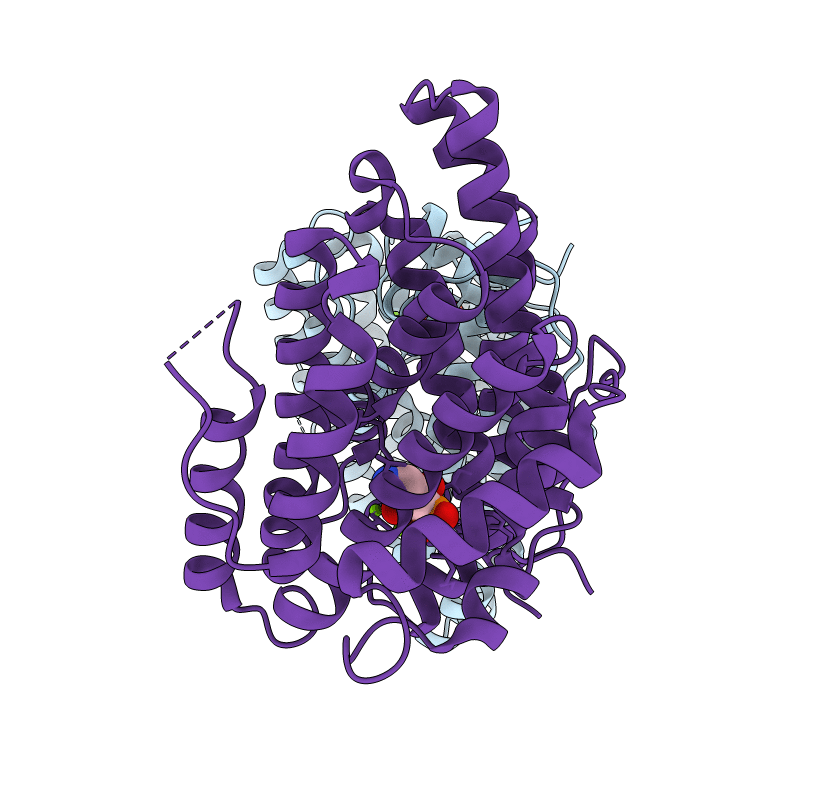
Deposition Date
2015-09-25
Release Date
2015-12-09
Last Version Date
2023-09-27
Entry Detail
PDB ID:
5DZ2
Keywords:
Title:
Geosmin synthase from Streptomyces coelicolor N-terminal domain complexed with three Mg2+ ions and alendronic acid
Biological Source:
Source Organism:
Host Organism:
Method Details:
Experimental Method:
Resolution:
2.11 Å
R-Value Free:
0.24
R-Value Work:
0.20
R-Value Observed:
0.20
Space Group:
P 43 21 2


